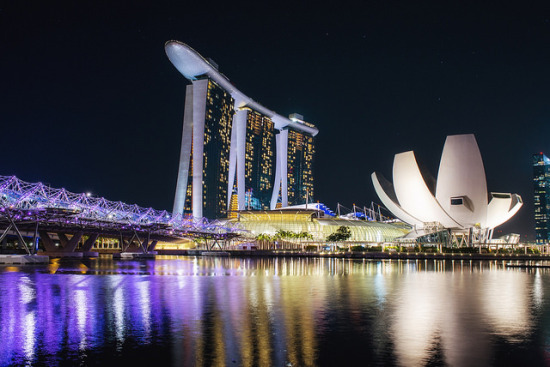What are the statistics that relate to Singapore ‘looking outdated’?
I refer to the article “‘New Malaysia’ makes Singapore look outdated‘” by Bridget Welsh, associate professor of political science at John Cabot University, Rome and former professor at SMU (Nikkei Asian Review, Jul 10).
It states that “Mahathir’s triumph exposes shortcomings of city-state’s one-party rule”.
As to “Since 1984, opposition politicians have won seats despite what the government’s critics describe as the sustained political harassment of opponents and the repression of public protests, combined with the alleged manipulation of electoral boundaries” – Singapore’s Electoral Freedom Ranking is 173 in the world.
With regard to “At the same time, Singapore’s system has moved in a more authoritarian direction, with curbs on social media and attacks on civil society activists” – Singapore’s Press Freedom Ranking is 151 in the world, and practically every international human rights NGO have issued numerous statements condemning the “curbs on social media and attacks on civil society activists”.
In respect of “Singapore’s gross domestic product growth is expected to reach 3% this year, which is a significant drop from a decade ago. Importantly, much of this growth is being driven by public spending (as occurred in Malaysia under Najib), notably on infrastructure” – it was announced last year that infrastructure spending would be increased to a whopping $22 billion.
With regard to “Questions have been raised about Lee’s leadership from the very public “Oxleygate” row with his siblings over their father’s home to the managing of Temasek, the republic’s sovereign wealth fund, by his wife Ho Ching” – despite repeated calls by various parties over the years, the annual remuneration of Temasek’s CEO has never been disclosed.
As to “New jobs are not being created in Singapore at the same high rate as in the past. Even more constraining, PAP continues to rely on immigration as a driver of growth, failing to move on from using a combination of low-cost labor and imported foreign talent to expand the economy” – it is estimated that very few of the jobs growth went to Singaporeans, especially after accounting for new citizens and new permanent residents (PRs), as there is no breakdown of the statistics, into Singaporeans and PRs, and the estimated percentage of non-Singaporeans (excluding new citizens) in the total workforce is 47 per cent.
With regard to “Population pressures remain real for ordinary Singaporeans, who continue to feel displaced. They are disappointed with the PAP’s tenacious grasp on old and unpopular models for growth” – the percentage of non-Singaporeans (excluding new citizens) in the population is 39 per cent.
In respect of “The cost of living remains high; Singapore has topped the Economist Intelligence Unit’s list of most expensive cities to live in for five years running. High costs are compounded by persistent inequalities that are increasingly entrenched. The Gini coefficient is at 0.46, but income gaps are deeply felt. Many locals feel they are being impoverished on account of foreigners” – there were 791,900 employed residents with gross monthly income (including employee CPF contribution) less than $2,500, according to the Yearbook of Manpower Statistics 2017.
As to “The social reform measures introduced for the “pioneer generation” (people born before 1950), and increased handouts before the 2015 polls, are being seen as inadequate to address the current social needs of disadvantaged communities” – only $130 million in ComCare help schemes were given to about 83,000 beneficiaries.
“By comparison, Malaysia has removed the unpopular GST, and reform pressures for addressing contracting social mobility and inequality are substantial. Malaysia is now seen as a potential role model in areas of governance. For example, greater transparency and attention to inclusivity are evident in the multi-ethnicity of new government appointees. Singapore’s 2017 Malay-only presidency contest in contrast sent a signal of exclusion and an embrace of race-based politics. This is being compounded by the fact that Malaysia is being seen as bucking regional authoritarian trends, promising substantive political reforms and the removal of many of the draconian laws that Singapore has on its books.
Changes in Malaysia have reduced Singapore’s regional comparative advantage. It is not just about greater democracy and changes in governance next door but also the attention “New Malaysia” draws to how Singapore has remained locked in the past, moving away from embracing an alternative future.”
Leong Sze Hian
